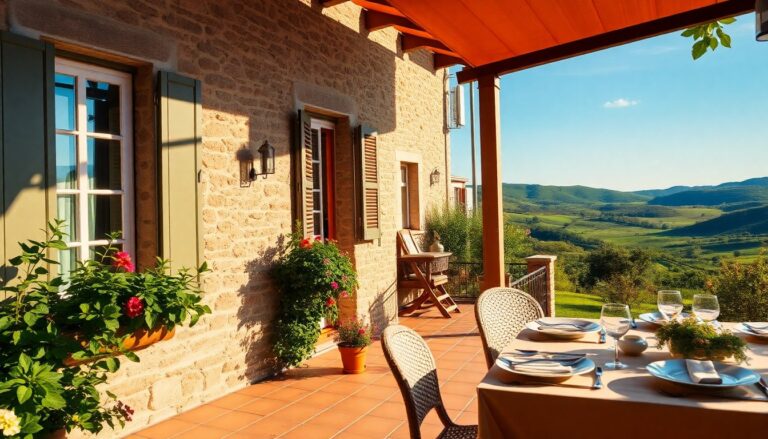The landscape of the second home rental market in Italy is witnessing a remarkable transformation, with a notable increase in demand. This shift can largely be attributed to the post-pandemic recovery, which has revitalized interest in short-term rentals, especially in popular tourist destinations.
As the rental prices reflect this
growing demand, the average monthly rent for a second home hovers around €1,200. However, prices can vary significantly across regions. For instance, in exclusive areas like Portofino and Capri, monthly rents can soar to over €2,500, while less frequented locales may see rates as low as €800.
Key factors influencing the rental market
Several elements play a crucial role in shaping the second home rental market in Italy.
Among these are fiscal policies, the availability of properties, and evolving tourism trends. Recently, changes in regulations surrounding short-term rentals have introduced stricter monitoring, which has impacted the supply of available properties in the market.
The impact of tourism on rental demand
The surge in tourism has been a significant driver of growth, with a remarkable 15% increase in the number of visitors compared to last year. This influx has led
many second home owners to view renting as a vital source of income. Cities such as Firenze and Rome have emerged as hot spots, boasting an impressive occupancy rate of 85% for second homes.
Future outlook for the rental market
Looking ahead, the prospects for the second home rental market appear promising, with forecasts suggesting an additional 8% growth in average rental prices. The combination of ongoing economic recovery and the enduring appeal of Italian destinations ensures a robust demand for rentals in the coming years.
Challenges and considerations
However, the rental landscape is not without challenges. The government’s recent proposal to increase taxes on short-term rentals from 21% to 26% has sparked considerable debate, highlighting concerns over the balance between supporting tourism and ensuring affordable housing for locals. These discussions underscore the complexities of the rental market, where the interests of various stakeholders must be carefully weighed.
Many individuals rely on the income generated from renting out their second homes to supplement their earnings, especially given the decline in real wages in Italy. With the average annual salary ranking low among advanced economies, the additional revenue from rental properties has become increasingly important for many families.
The statistics reveal that Italy has approximately 36 million residential properties, with around 9 million classified as second homes. A growing portion of these, estimated at about 10%, is entering the short-term rental market, indicating a potential shift in how these properties are utilized.
In summary, the second home rental market in Italy is at a pivotal juncture, characterized by rapid growth driven by tourism and regulatory changes. As stakeholders navigate this evolving landscape, it will be crucial to balance economic interests with the need for sustainable living conditions for residents.

